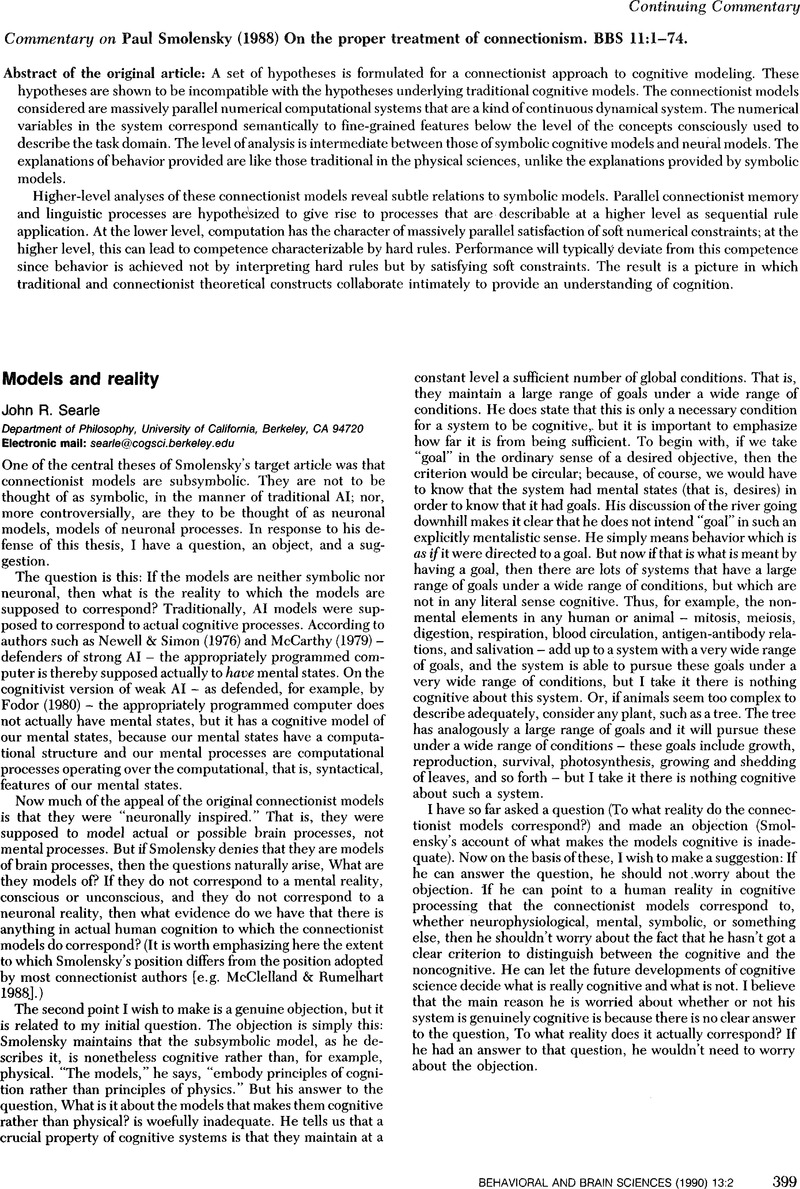Crossref Citations
This article has been cited by the following publications. This list is generated based on data provided by Crossref.
Verschure, Paul F.M.J.
and
Voegtlin, Thomas
1998.
A bottom up approach towards the acquisition and expression of sequential representations applied to a behaving real-world device: Distributed Adaptive Control III.
Neural Networks,
Vol. 11,
Issue. 7-8,
p.
1531.
Verschure, Paul F. M. J.
2000.
Prerational Intelligence: Adaptive Behavior and Intelligent Systems Without Symbols and Logic, Volume 1, Volume 2 Prerational Intelligence: Interdisciplinary Perspectives on the Behavior of Natural and Artificial Systems, Volume 3.
Vol. 26,
Issue. ,
p.
928.
Verschure, Paul F.M.J.
2012.
Distributed Adaptive Control: A theory of the Mind, Brain, Body Nexus.
Biologically Inspired Cognitive Architectures,
Vol. 1,
Issue. ,
p.
55.





